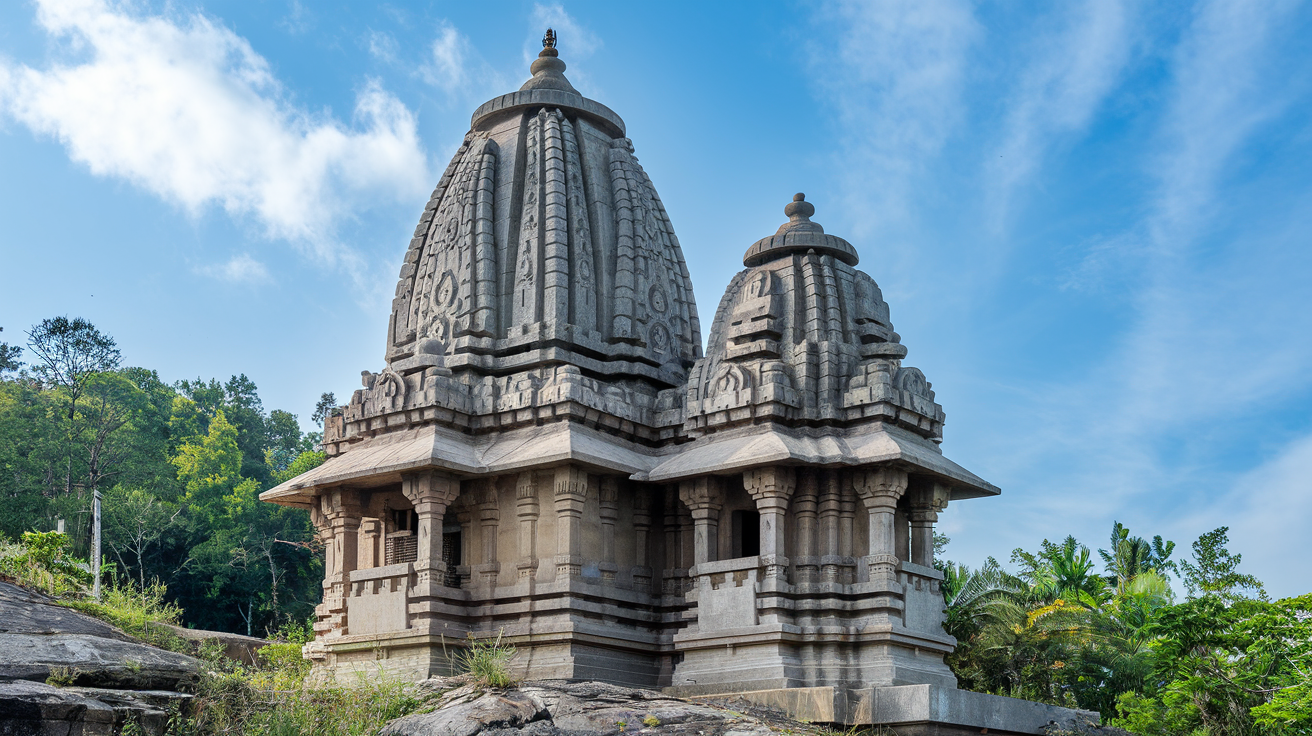Symbolism and Spiritual Significance of pagoda
Pagodas hold immense symbolism and convey profound spiritual meaning in diverse civilisations, especially in East Asia. Although their interpretations may differ based on the tradition, some prevalent themes are:
1. Buddhist Symbolism
Within Buddhism, pagodas frequently serve as a representation of the cosmic structure. The several tiers of a pagoda can symbolise distinct degrees of life, ranging from the terrestrial domain to the celestial domain. The structure is regarded as a miniature representation of the cosmos, mirroring the ordered and harmonious nature of the universe.
The successive levels of a pagoda can also represent the process of attaining enlightenment. Every level symbolises a significant progression in the spiritual quest, transitioning from the physical sphere to elevated spiritual domains.
Stupa Influence: The pagoda is intricately connected to the stupa, a historic Buddhist edifice that once functioned as a burial mound for the remains of the Buddha or other significant individuals. The hierarchical design of the pagoda reflects the function of the stupa in storing holy artefacts and acting as a central location for contemplation and devotion.
2. Chinese Symbolism
Harmony and Balance: Within traditional Chinese culture, pagodas are commonly seen as emblematic of harmony and equilibrium. Their deliberate symmetrical design and incorporation of feng shui concepts aim to establish a state of balance and tranquilly.
Cultural Heritage: Pagodas in China are moreover linked to historical and cultural importance. Numerous ancient pagodas were built either as integral components of temples or as memorial edifices, therefore exemplifying the profound historical richness and uninterrupted progression of Chinese civilisation.
3. Japanese Symbolism
Shinto and Buddhist Influence: Pagodas in Japan frequently incorporate aspects from both Shinto and Buddhist traditions. Their presence in Shinto shrines and Buddhist temples serves as a representation of the amalgamation of these two spiritual courses.
Nature and Spirituality: Typically situated in tranquil natural environments, Japanese pagodas are designed to highlight the harmonious coexistence with the surrounding scenery. This exemplifies the Japanese spiritual conviction in the inherent interdependence between nature and the divine.

4. Architectural Significance
The vertical orientation of pagodas symbolises the desire to attain elevated spiritual levels. The ascending sequence of the levels symbolises the concept of spiritual elevation and illumination.
Historically, pagodas were constructed with the dual purpose of safeguarding artefacts and sacred scriptures, therefore functioning as a fortress and a central storehouse of spiritual knowledge.
Conclusion
In simple terms, pagodas encompass a diverse array of spiritual and metaphorical connotations, ranging from mirroring the organisation of the cosmos and the path to enlightenment to encapsulating cultural principles of unity and equilibrium. Their design and function are intricately connected to the theological and philosophical traditions in which they are established.
Related Blogs
- Build Wise, Build Strong: Why Choose Pillar Construction in Nepal?
- Cost of Building a House in Nepal: Budgeting Guidelines
- The Essence of Nepali Architecture
- The Resilience of Bhaktapur’s Architecture
- Traditional Newari Houses: A Model of Sustainability
- The Unique Charm of Wooden Carvings in Nepali Architecture
- Pagoda-Style Temples: A Glimpse into Spirituality
- Symbolism and Spiritual Significance of pagoda
